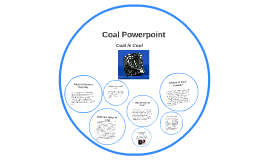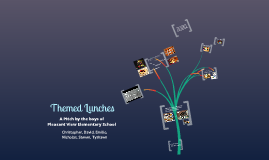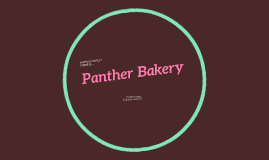Coal Powerpoint
Transcript: Thank you everyone for listening, and think about next time Santa gives you coal, maybe it's not such a bad thing (for the world, maybe not you!). Coal is mostly used for electricity generation in the modern world. It also has many other uses such as cement manufacturing, steel production, and as a liquid fuel. Approximately 6.6 billion tons of fuel were used around the world last year. How is Coal formed? Where is Coal Found? Coal Powerpoint Coal Is Cool Coal is a reliable source of energy that is found very easily in the world. It has been a reliable source for thousands of years and will continue to succeed until we run out. However, just because it is easily found now, doesn't mean it will be easily found in a century! Coal is formed when something called peat, a brown, soil-like material characteristic of boggy, acid ground, consisting of partly decomposed vegetable matter, is altered physically and chemically in the process known as coalification. During coalification, peat undergoes several changes as a result of bacterial decay, compaction, heat, and time. What is Coal made of? Coal is a fossil fuel that formed from plants and animals that died millions of years ago. It is primarily made up of carbon, but also contains hydrogen, sulfur, oxygen, and nitrogen. There are many different types of coal, here are the main types: 1.Anthracite: It has the highest carbon content of the different types, between 86 and 98 percent, and is commonly used for home-heating. 2.Bituminous: The most plentiful form of coal in the United States, bituminous coal is primarily used to generate electricity and make coke for the steel industry. It has a carbon content between 45 and 86 percent carbon. 3.Subbituminous: It has a carbon content of between 35 and 45 percent and is commonly for heating because of a lower amount of sulfur. 4.Lignite: A geologically young coal, it has a carbon content of between 25 and 35 percent and is commonly used for electric power generation. It is also sometimes called brown coal. Thank you for listening! Why do we use Coal? Uses In Modern Day Life Coal can be found everywhere, but the main places that produced the most coal recently was the U.S., Russia, China, India, and a lot of other parts in Asia. There is an estimated amount of coal in the world that is projected to last the world another 112 years at this rate of production. Different types of Coal

















